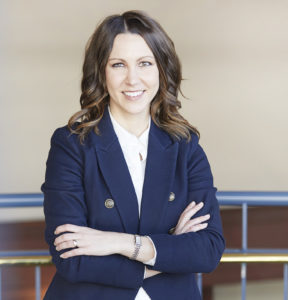
Most nonprofits I’ve ever encountered (I’ve worked with well over 500 now, of all shapes and sizes, and across multiple countries) have one thing in common. They are like the couple that always struggled financially, and never had the resources or the mindset to put money away for a rainy day. Instead, they live paycheck to paycheck, often struggling to figure out how they’ll pay every bill they have each month.
But that’s not the case with California Symphony Orchestra. Well, ok. Truth be told, it used to be the case. Five years ago, they were in exactly that spot. But then something big changed. They hired a new Executive Director, and she brought with her a vision for something better. In the last five years they’ve gone from barely surviving to thriving, thanks in large part to their approach to fundraising for the long haul. That Executive Director is Aubrey Bergauer, and she created the Long Haul Model.
In a recent podcast interview Aubrey shared the secrets to their rapid growth and fundraising success. Simply put, she says that they don’t treat their constituents as ATM’s, and instead focus on getting them to take one simple action after their first engagement — and it’s NOT making a charitable gift. They have designed an intentional, thoughtful, and constituent-focused strategy of building value-based relationships with constituents long before asking them for a charitable gift.
This nuanced approached to constituent engagement led them to double the size of their supporter base and generate 4X the revenue over a 2-year period. And they’ve maintained healthy growth since then, over a period of five full years. This is a model that really works — and I’m guessing every nonprofit could learn something of value from what California Symphony Orchestra and Aubrey Bergauer have pioneered.
Aubrey is a chapter contributor to my recent Amazon #1 Best Seller, 101 Biggest Mistakes Nonprofits Make And How You Can Avoid Them. In the book she outlines the entire Long Haul Model, and how it can benefit any nonprofit.